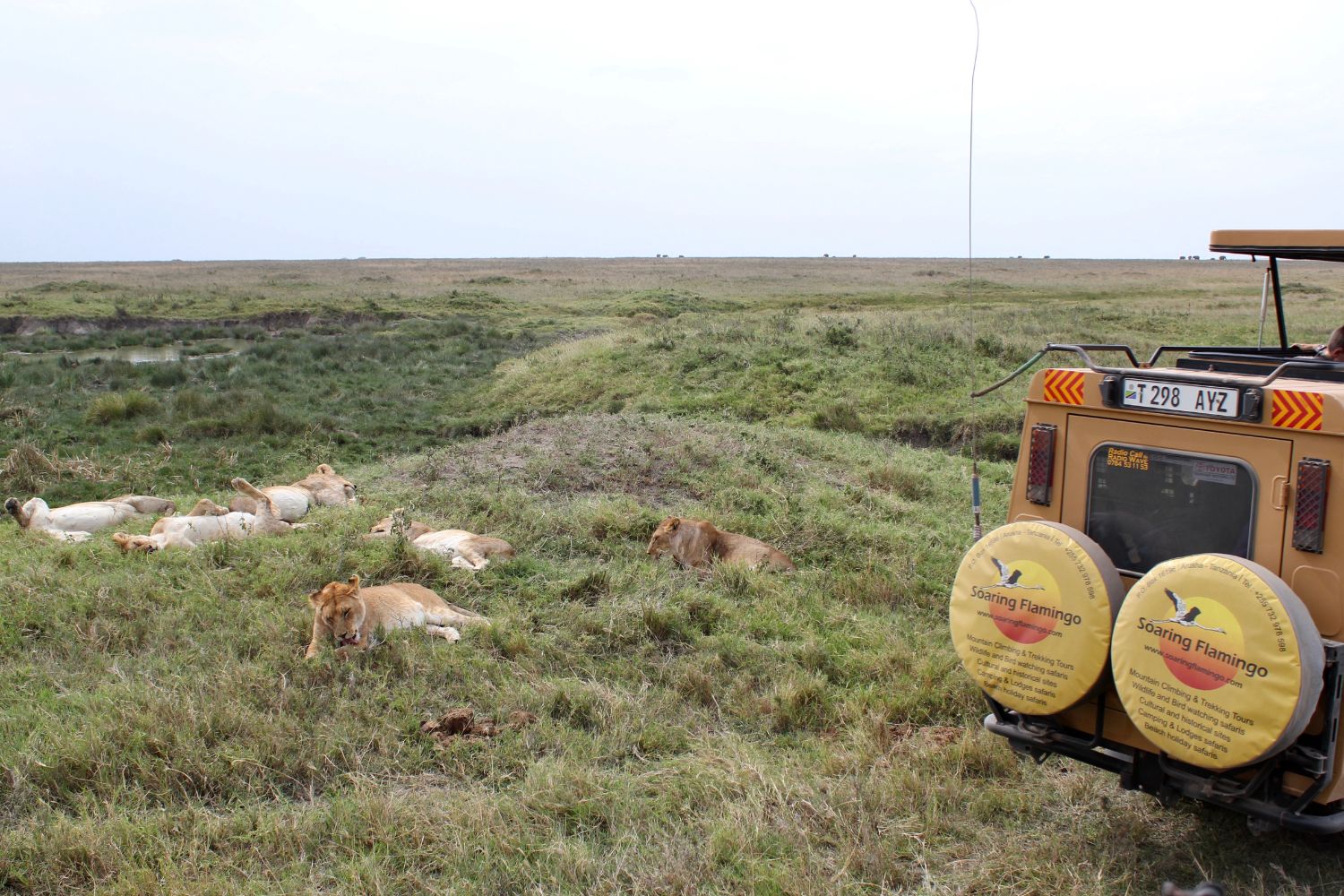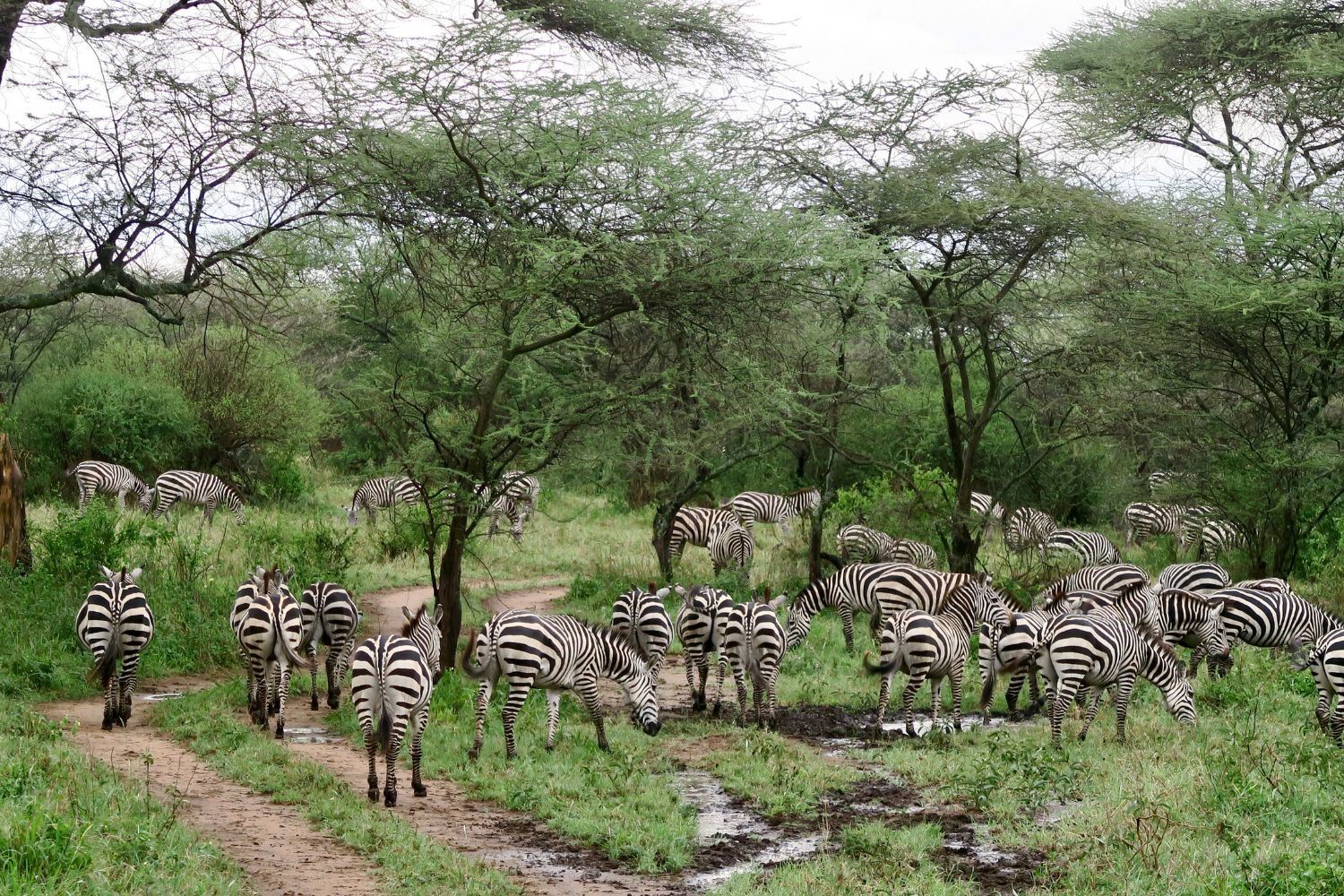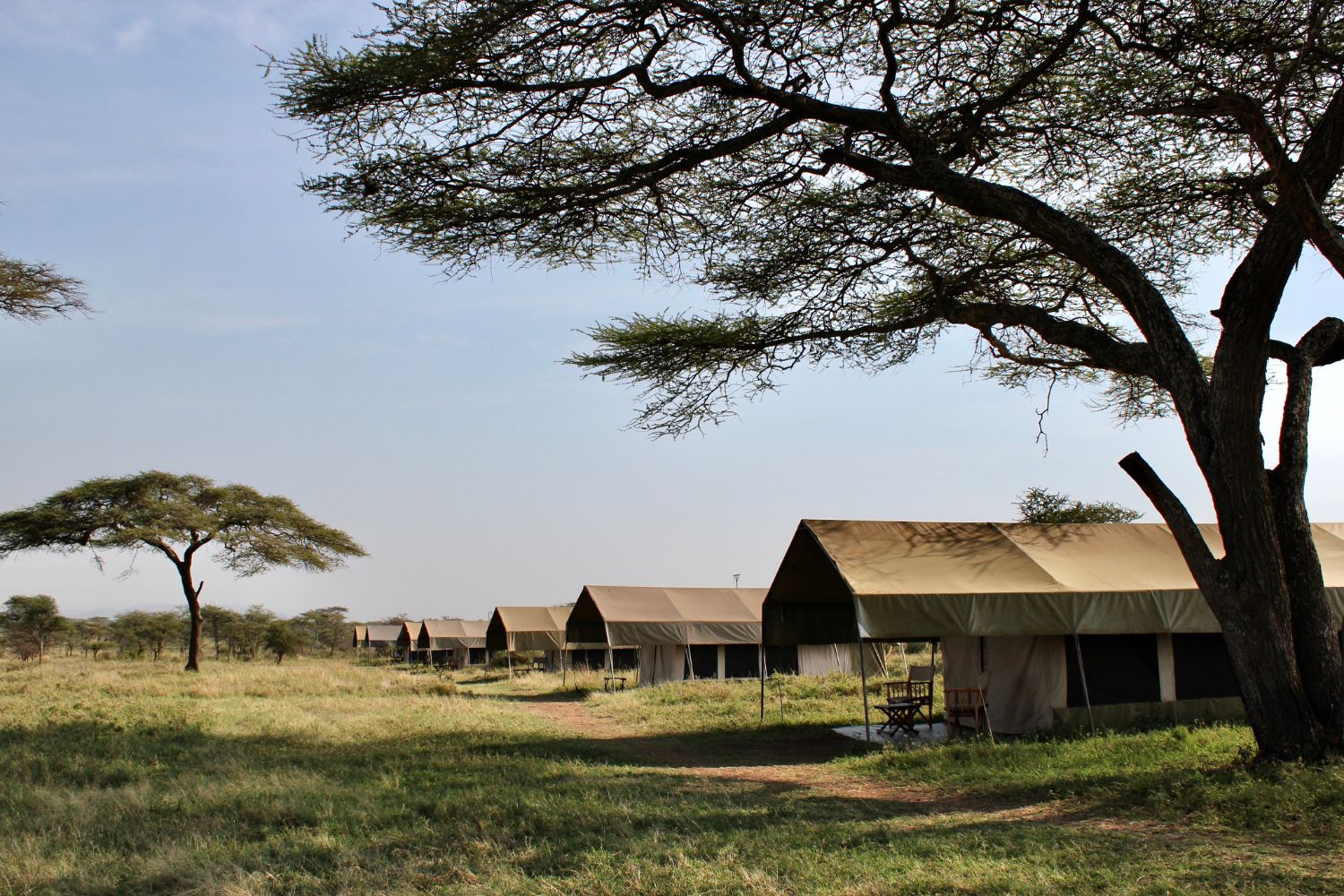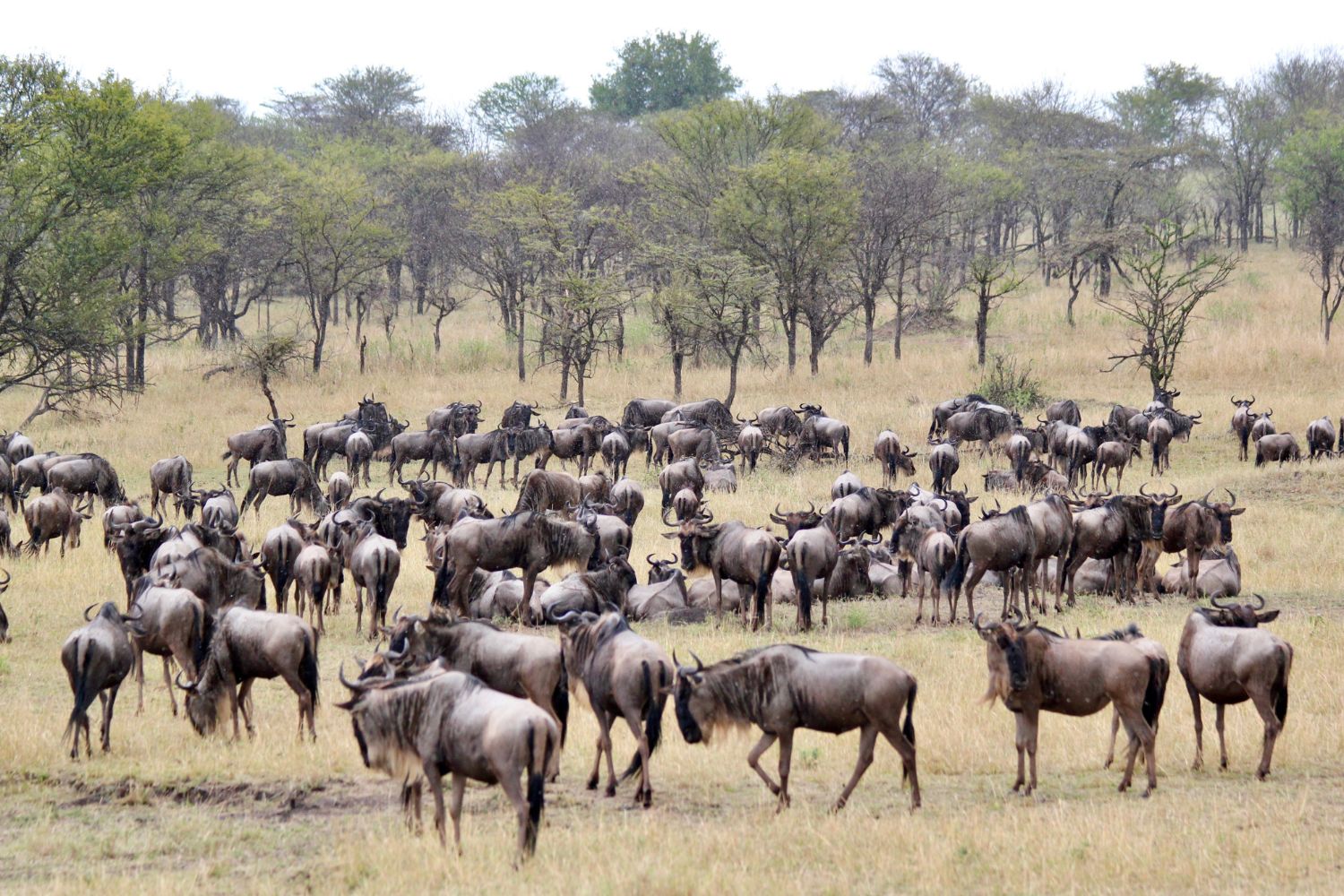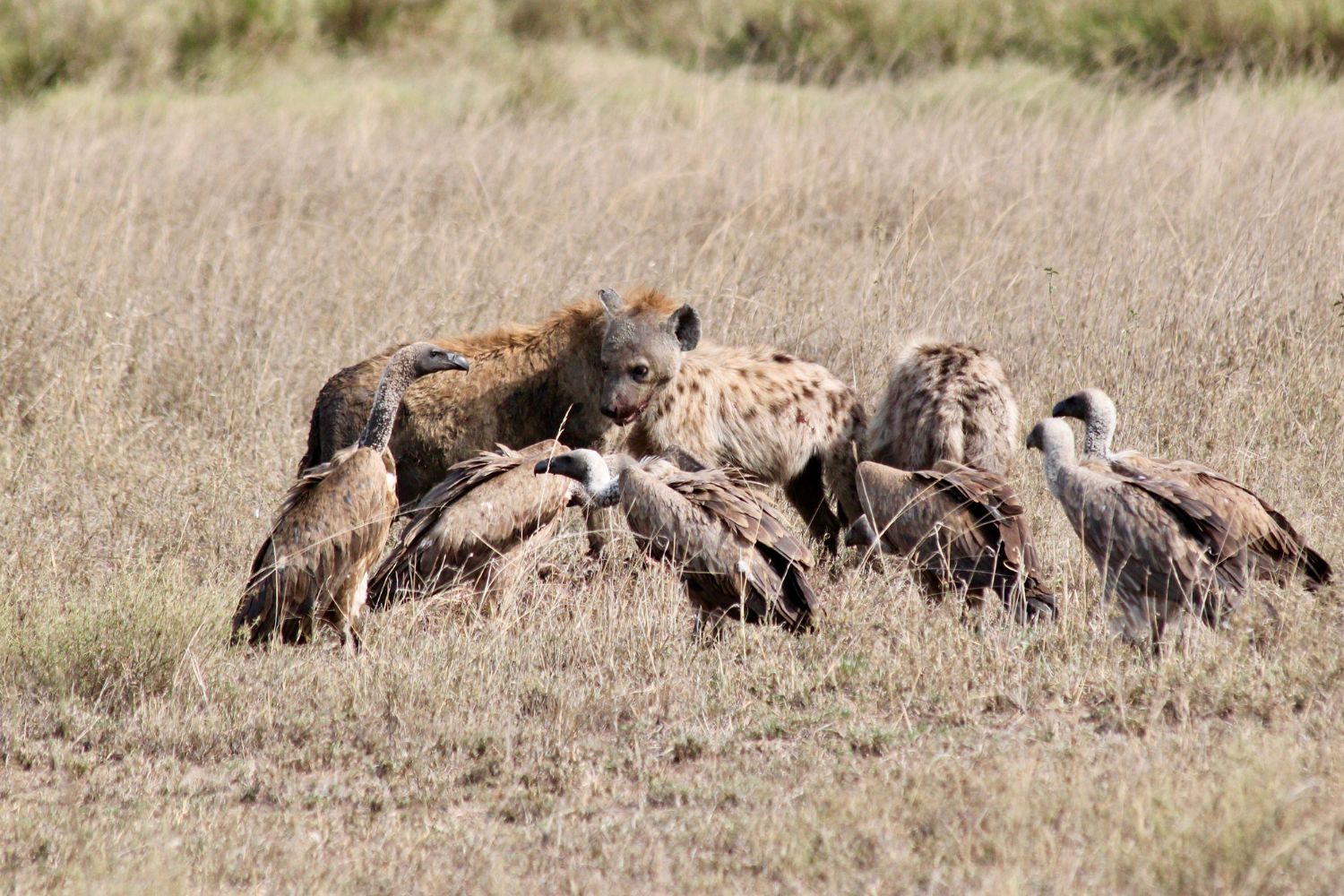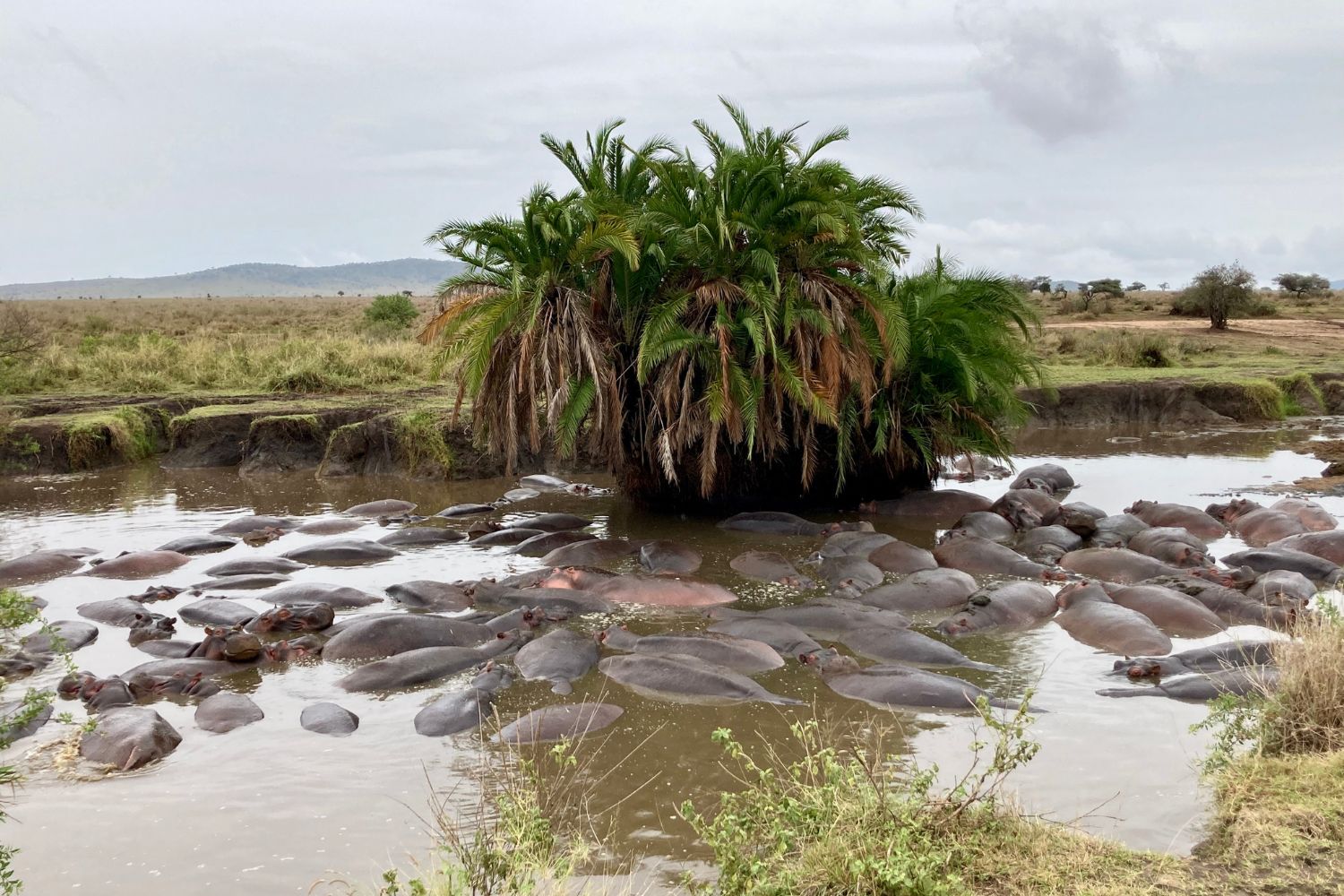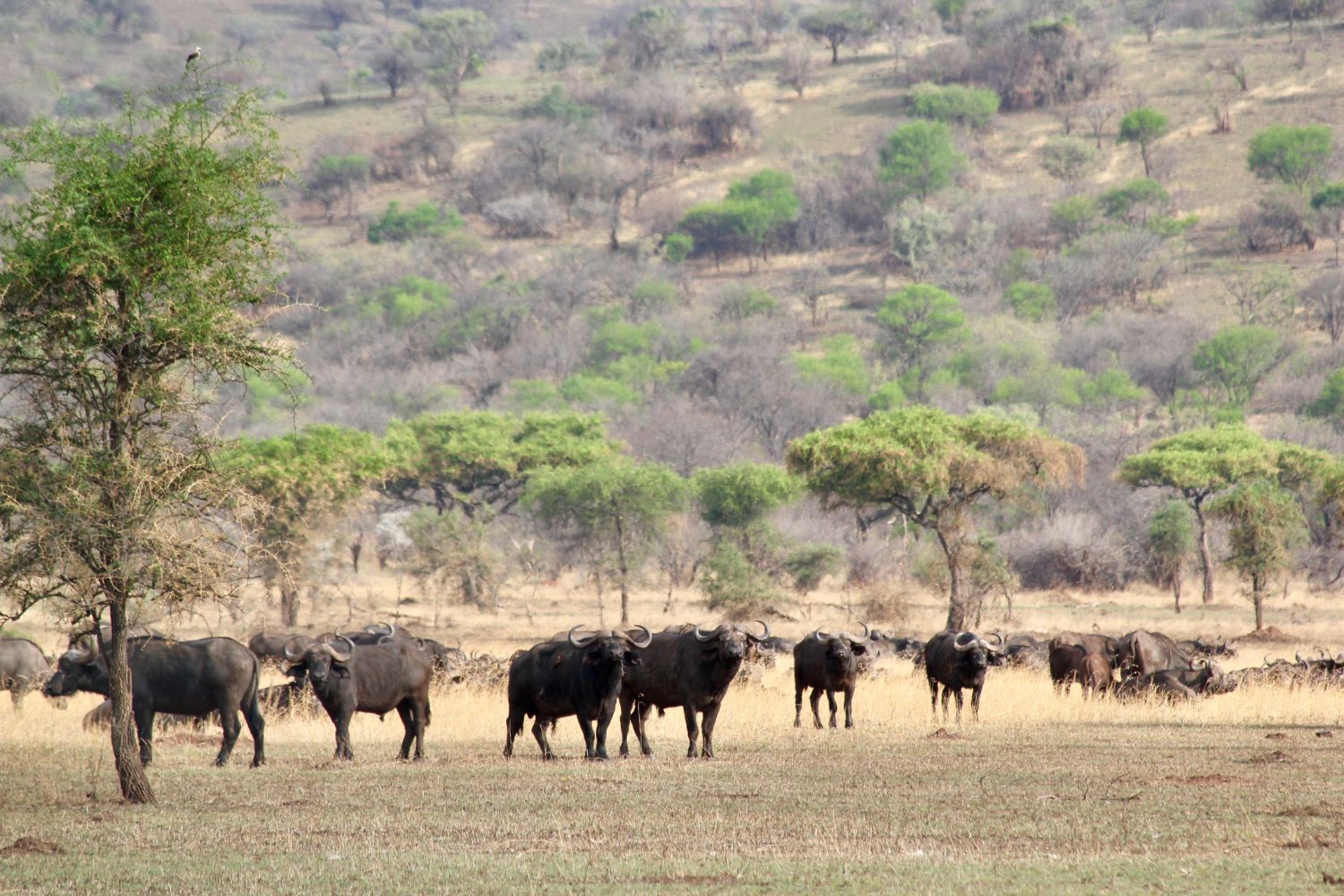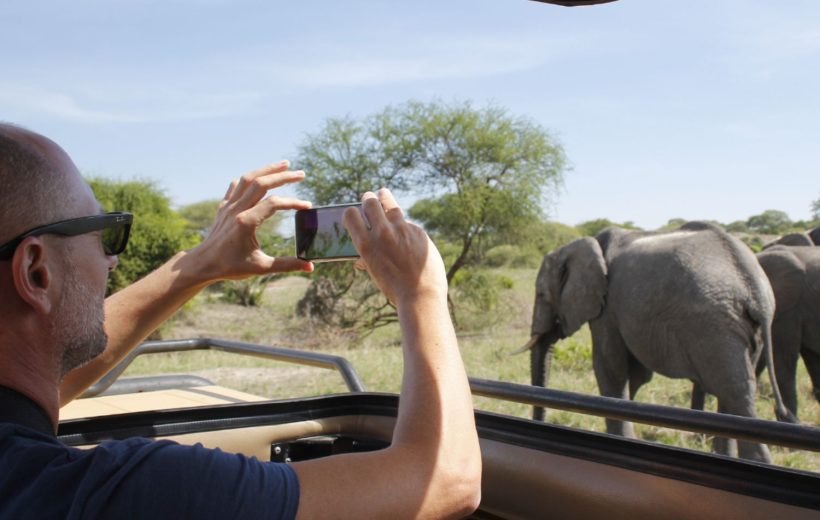7 Days – The Great Migration Through The Serengeti
7 Days – The Great Migration Through The Serengeti
Overview
Set off on an unforgettable safari through three major national parks in northern Tanzania! After a first safari in Lake Manyara National Park, where you'll try to spot the famous lions perched in the trees, you'll continue on to the Ngorongoro Crater, a veritable Noah's Ark where buffalo and wild animals cohabit in a spectacular setting. Finally, you'll experience the thrill of the great migration in the Serengeti, where thousands of wildebeest and zebra cross plains and rivers, braving crocodiles and predators in search of prey.
Tour Plan
Day 1: Lake Manyara National Park
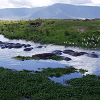
After the game drive, you proceed to Karatu where you stay overnight at the Bougainvillea Lodge, on full board basis.
Day 2: Ngorongoro Crater
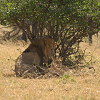
Overnight you stay at the Ngorongoro Sopa Lodge on the rim of Ngorongoro Crater, on full board basis.
Day 3: Serengeti National Park
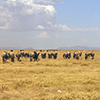
Overnight you stay at the Serengeti Sopa Lodge at the heart of Serengeti National Park, on full board basis.
Day 4 : Serengeti National Park
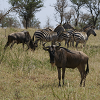
Overnight in a tourist class hotel in the Serengeti, on full board basis. The exact hotel will be determined shortly before your safari in order to insure proximity to the Great Migration.
Day 5: Serengeti National Park
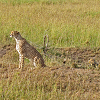
Overnight in a tourist class hotel in the Serengeti, on full board basis. The exact hotel will be determined shortly before your safari in order to insure proximity to the Great Migration.
Day 6: Olduvai Gorge

Overnight at Bougainvillea Safari Lodge in Karatu, on full board basis.
Day 7: Karatu and return to Arusha

Interesting Facts and Best Time to Travel
Each year around the same time, the circular great wildebeest migration begins in the Ngorongoro Conservation Area of the southern Serengeti in Tanzania. This migration is a natural phenomenon determined by the availability of grazing. This phase lasts from approximately January to March, when the calving season begins – a time when there is plenty of rain-ripened grass available for the 260,000 zebra that precede 1.7 million wildebeest and the following hundreds of thousands of other plains game, including around 470,000 gazelles.
During February, the wildebeest spend their time on the short grass plains of the southeastern part of the ecosystem, grazing and giving birth to approximately 500,000 calves within a 2 to 3-week period. Few calves are born ahead of time and of these, hardly any survive. The main reason is that very young calves are more noticeable to predators when mixed with older calves from the previous year. As the rains end in May, the animals start moving northwest into the areas around the Grumeti River, where they typically remain until late June. The crossings of the Grumeti and Mara rivers beginning in July are a popular safari attraction because crocodiles are lying in wait. The herds arrive in Kenya in late July / August, where they stay for the remainder of the dry season, except that the Thomson's and Grant's Gazelles move only east/west. In early November, with the start of the short rains the migration starts moving south again, to the short grass plains of the southeast, usually arriving in December in plenty of time for calving in February.
About 250,000 wildebeest die during the journey from Tanzania to the Maasai Mara National Reserve in southwestern Kenya, a total of 800 kilometres (500 mi).
[Source: Wikipedia]


